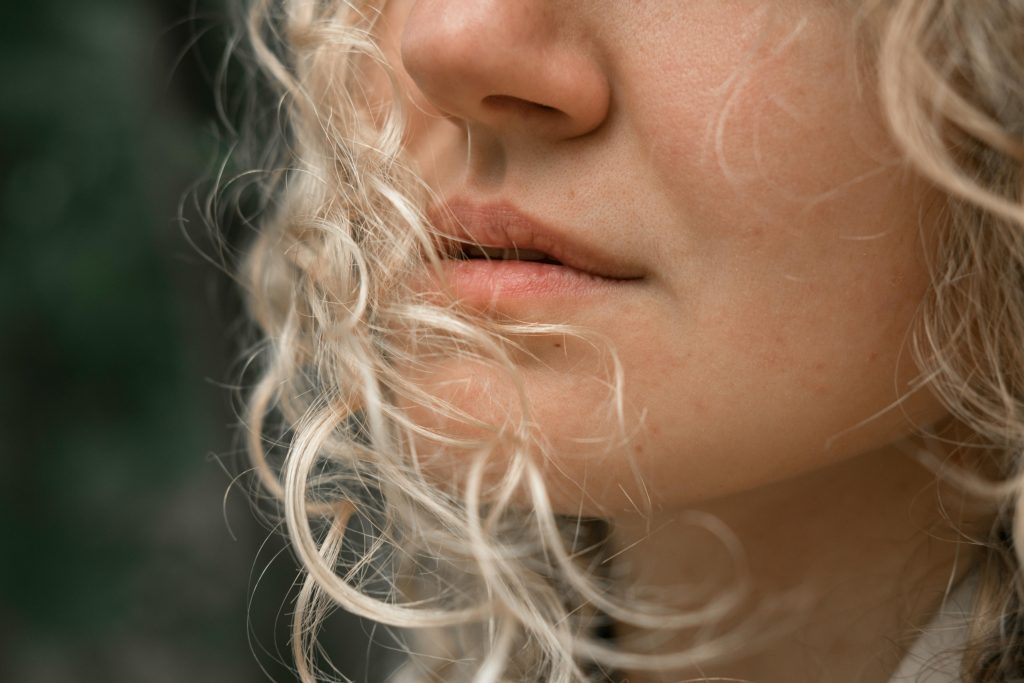Nose hair removal: Is it really necessary to get rid of it?

You might be one of the women who resort to nose hair removal for certain reasons. But did you know that the harms of this step can outweigh its benefits? In this article, we will tell you about the benefits and harms of nose hair removal, present the different methods to do it, and answer all the questions you may have.
1- What is the role of nose hair?
Nose hair is an important part of the body’s defense system, as it:
- Acts as a filter and helps prevent dust, allergens, and other small particles from entering your lungs.
- Contributes to moisturizing the inhaled air, protecting the mucous membranes from irritation.
- Helps reduce the risk of respiratory infections by capturing small particles and germs, and contains immune cells to combat microbes.
- Helps warm cold air before it reaches the lungs, protecting the respiratory system from sudden changes in temperature.
2- Is it safe to remove nose hair?
It depends on the method you use to remove nose hair and how frequently you do it. Here are some tips:
- Avoid completely removing all the hair inside the nose to maintain the health benefits it provides, as mentioned above.
- Remove nose hair every few weeks as needed, when the hair becomes visible outside the nose or causes discomfort.
- Avoid excessive removal of hair frequently, such as more than once a week, to prevent skin irritation and reduce the risk of potential infections.
- Make sure to use clean and appropriate tools for this purpose.
3- What is the best way to remove nose hair?
There are two safer methods for removing nose hair, as they do not harm the skin or the sensitive mucous membranes in the nose:
- Trimming: You can use a facial razor or a small electric trimmer specifically designed for nose hair removal. This method does not damage the skin or tissues.
- Laser: Laser nose hair removal is a permanent and more effective method, targeting the protruding hairs.
4- What are the steps to follow for removing nose hair?
To trim nose hair, there are some steps that may make this process easier for you to ensure effective results:
- Use a magnifying mirror and good lighting to see the hair inside the nose.
- Trim only the protruding hairs without touching the inner hair.
- Clean the nose again to ensure any trimmed excess hair is removed.
- Clean the nose using warm water and a soft towel, and remove any dirt from the hair.
5- What are the methods that should not be used for nose hair removal?
There are common methods that many women may resort to for getting rid of nose hair, but they are not safe, such as:
- Hair removal creams: This method may cause burns to the sensitive skin and mucous membranes inside the nostrils. Hair removal creams may also contain toxic substances that can be inhaled.
- Waxing: Waxing can lead to ingrown hairs and infections. These methods can also damage the sensitive tissues inside the nostrils.
- Scissors: Any scissors can accidentally cause cuts or puncture the sensitive mucous membranes inside the nostrils.
- Tweezers: This method is not recommended as it can cause small cuts that can lead to infections, allow bacteria to enter, and may also cause ingrown hairs which lead to irritation.
- Threading: This method is also not preferred for the same reasons, as removing hair from the roots leaves the skin exposed to infection and reduces the effectiveness of the natural protection provided by nose hair.
6- Is it really necessary to remove nose hair?
Remove nose hair if it is very visible and its appearance bothers you. Only use the safe methods we mentioned to reduce it. Avoid touching the inner hair to prevent any infections and problems that may arise from that. Also, make sure to keep your nose and the equipment you use for nose hair removal clean.




